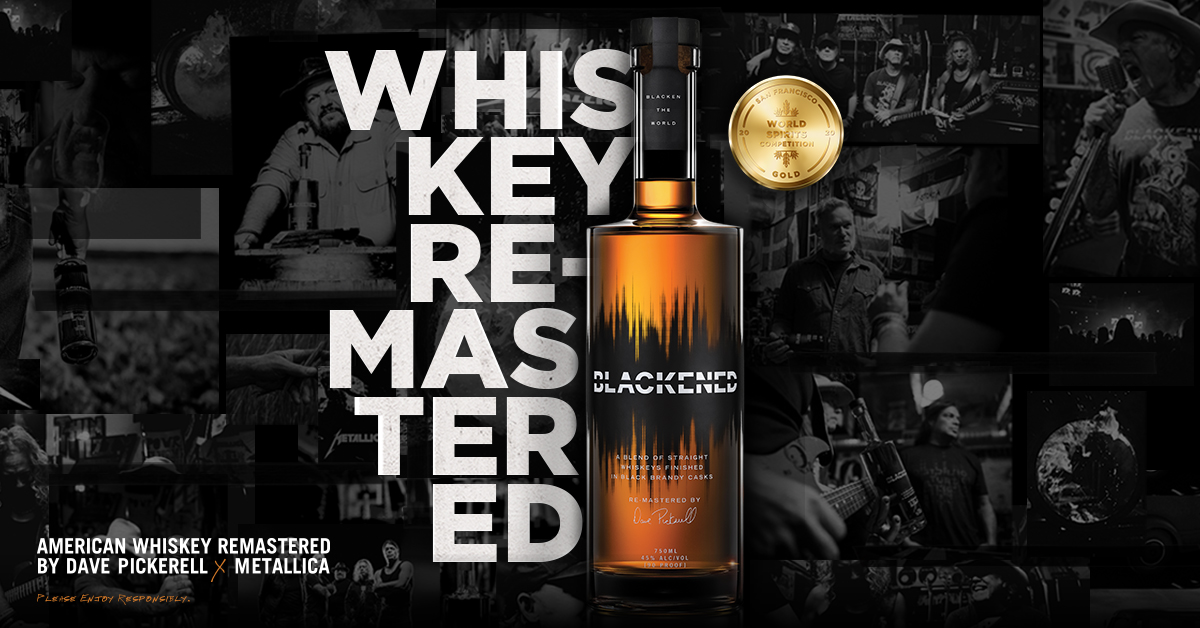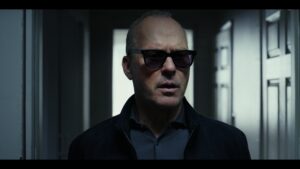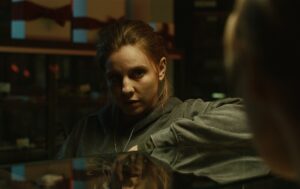Review by Isabella Pinkstone
Joaquin Phoenix revisits his role as Arthur Fleck (Joker), and is accompanied in the sequel by songstress Lady Gaga, playing the notorious Harleen (Lee) Quinzel. After thoroughly enjoying Joker (2019), I had high hopes for Joker: Folie a Deux (2024).
The colour, symbolism and costuming were arguably the best part of the film. You can tell there is a clear distinction between Arthur Fleck, and the mask he wears as his sociopathic alter-ego Joker.
A cleverly constructed and unexpected animation sequence at the beginning of the film allowed the audience to interpret the reflection of Arthur’s internal struggle – posing between the idea of the charismatic and strangely loved Joker and the lonely and mentally unwell Arthur Fleck. The juxtaposition is unsettling and makes you wonder; at what point is he Joker, and where do the parallels start and finish with Arthur?
The animation reflected highly of Looney Toons, which is then frequently referenced later in the scenes within the Arkham State Hospital televisions and the courtroom scene. “T-T-That’s all folks!”, was an iconic hat tilt to Warner Bros. which I personally enjoyed. It was unexpected but cheesy and unsettling.
Much like Joker (2019), in his fantasies Arthur is always dressed for the stage – freshly painted face and wearing his iconic colours of intense blue, orange, green and red.
A particular scene that tickled my brain was in the first quarter of the film. With rain pouring down over the Arkham State Hospital, Arthur is transported by several guards to visit his lawyer. It was a notion to his alter ego, the black- turned-colourful umbrellas held by the guards reflecting how the rain against his skin made him feel alive for just a moment – Joker caged in the shell of Arthur.
When Lee – Lady Gaga’s character – is introduced to the film, it was a delight to see how Arthur reflected his fantasies to include her. She is posed to be this person whom he shares his stage with – a flawlessly talented yet crazed woman who entertains his fantasies. I found that even the subtle change in Lee’s hair when he has these fantasies with her allowed the audience to see how he truly perceives her. Lee, deriving away from the typical love-sick and obsessed Harley Quinn, was interesting to see in comparison to Arthur. Her character acts as a subtle manipulative individual on Arthur’s shoulders throughout the film, constantly pushing the idea that Joker is the real him only to be ripped away once he stops playing along with his own fantasies.
Despite all these amazing factors in the film, there are several points that left me confused or felt like loose ends, starting with the (large amounts) of music. Not in the usual form of Soundtrack style music, but sung in the storyline by the leading cast.
While the music made me sing along, at times it felt like there was more singing and dancing than actual acting. Don’t get me wrong, with Lady Gaga’s gorgeous voice I knew that there would be a few music numbers, but I didn’t expect that amount of singing. Music was the sole reason how Arthur and Lee meet, their twisted love and fantasies bonding over sound – which only solidified the idea that he is the main character, and everyone was just living in his world. But how much is too much? I’m still undecided.
The turning point of the film was almost lacking lustre; the iconic ‘Clown Prince of Crime’ was never fully developed, which in itself gave the audience a new perspective of the well-known mentally ill Joker that followed from the original Joker (2019) film. On the positive side, this lack of character development showed that he, Arthur, is human at the root of it. By following through with the idea that he is just a man who has flaws and craves human approval and recognition, he becomes a character the audience can empathise with.
Much like the people of Gotham who idolise Arthur (or Joker, really), the audience finds themselves almost understanding him and his constant people-pleasing efforts towards other characters.
Lady Gaga’s acting performance was phenomenal, keeping me wondering about how, or at what point, her insanity would be shown. But Lee’s character arc didn’t fill the satisfaction I was craving for from a W.B. film. In my opinion, there should have been greater depth to Lee’s character that truly showed her obsession over Joker – or at least a deeper concept into why she was obsessed with him. The infamous ‘show don’t tell’ wasn’t used enough with Lee as a character and although the film is shot from the perspective of Arthur, Lee as a ‘crazed’ love interest felt underdeveloped.
There are only three instances which dive into her fantasies of the Joker and her personal “insanity” – burning the piano during movie night, ‘breaking’ into his cell and her makeup montage during the final court session.
In the visiting scene, Arthur confronts Lee about the lies she told him – and the explanation of “Well, everybody lies. I just wanted you to like me” and then a bunch of singing felt odd. Part of me wanted Arthur to feel betrayed or demand a different explanation, but I suppose Lee, being the only person to love him (or at least the idea of Joker), made him stay and continue his fantasies.
The sudden twist at the end of the movie where Joker’s fans ran to support him after the courtroom verdict was probably the most entertaining and action-filled part of the film. The idea of Joker is suddenly ripped away from Arthur, which allows a view into the people of Gotham, much like Lee, who follow and idolise the idea of Joker. Arthur’s reluctance to indulge in the rebellious and insane actions of his supporters – the love and attention he craved as a child – only confirms that he isn’t the typical insane clown portrayed by previous actors such as Jack Nicholson, Heath Ledger or Jared Leto.
It was certainly refreshing to see a different perspective of Joker and Harley Quinn, and I thoroughly enjoyed Joker: Folie A Deux despite my minor misgivings outlined above. Maybe there are plans to flesh the characters and their motives further in already planned sequels?
What I do know is Joker: Folie A Deux isn’t your usual feel-good movie. It is more a thoroughly engrossing and addictive journey into the depths of despair, narrated by a kaleidoscope of colours and textures through the eyes of an almost loveable sociopath.
Who just happens to love a good laugh.







